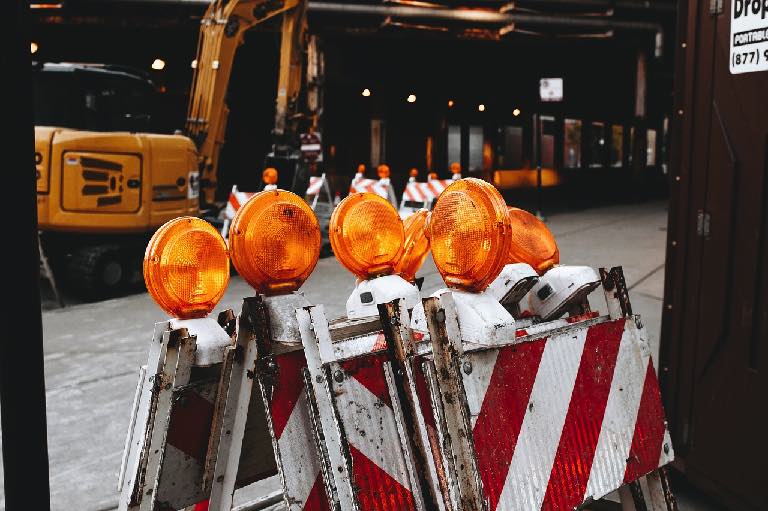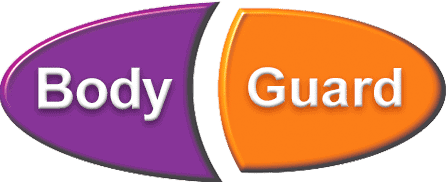The operation of trucks, excavators, forklifts and other heavy vehicles in both industrial worksites and public areas is dangerous. Far too often, serious accidents occur when personnel are loading and unloading these powered mobile plants.
Despite the many measures taken, loading and unloading procedures are still incorrectly followed. Heavy machinery falls from loading ramps, causing terrible, life-altering injuries. In worst-case scenarios, these accidents end in fatalities.
These recurring onsite personnel safety issues are commonly referred to as Loading, Unloading Exclusion Zone incidents or LUEZ for short. According to WorkCover Queensland, there are more than 200 serious LUEZ incidents in the construction industry yearly.
This frequency of injury or death due to Loading, Unloading Exclusion Zone incidents is far too high. With the best practice methods below, you can empower your staff for greater on-site safety and avoid mobile plant related accidents.
Loading, Unloading Exclusion Zone: moving personnel away from the area
One of the simplest ways to avoid Loading, Unloading Exclusion Zone injuries is to decide where your hazard zones begin and end with a full risk assessment of your working area. The next step is to move people away from the hazard area when loading or unloading is occurring.

During the loading/unloading process, large, heavy and hazardous items could fall and cause injury or death to those within the vicinity. By moving anyone who doesn’t need to be in the area away from the danger zone, you’re mitigating risk and decreasing the likelihood of a LUEZ accident.
If you’re the manager or safety officer of a worksite, it will be your responsibility to ensure that during the loading/unloading process, personnel who don’t need to be in the danger area stay segregated from it.
Decide who the loading and unloading authority is
Another way to avoid serious LUEZ accidents is to determine who the authority figure will be during the loading and unloading process. Is it the forklift operator? The truck driver? The person operating the excavator?
All worksites are different and all on-site teams work differently. But the factor of leadership is common to all worksites. A strong hierarchy of control needs to be followed, wherever you are. Determining a leadership figure makes communicating between multiple parties simpler.
Completing loading and unloading tasks will be less dangerous when movement is commanded by a singular figure.
Cease activity when personnel can’t see
If at any point personnel can’t see each other during a loading and unloading procedure, all activity should stop immediately. Not being able to see or communicate with each other increases the likelihood of a serious accident.
Onsite safety officers or managers should instil in their personnel a desire to be aware of their surroundings at all times. Complacency during loading or unloading can easily set in. Training your drivers and mobile plant operators to stay focused and remain inquisitive of what is really happening during loading and unloading can help avoid LUEZ incidents.
Want to keep your people safe when loading and unloading?
If you’ve ever encountered LUEZ incidents onsite, you already know they’re terrible. At BodyGuard we have a solution that can help your personnel with visibility during a loading and unloading procedure to avoid these terrible accidents.
We’re keen to help your personnel avoid injuries or fatalities on your site.
Consultation with us is FREE, so don’t hesitate to give us a call or get in touch via our contact page.
